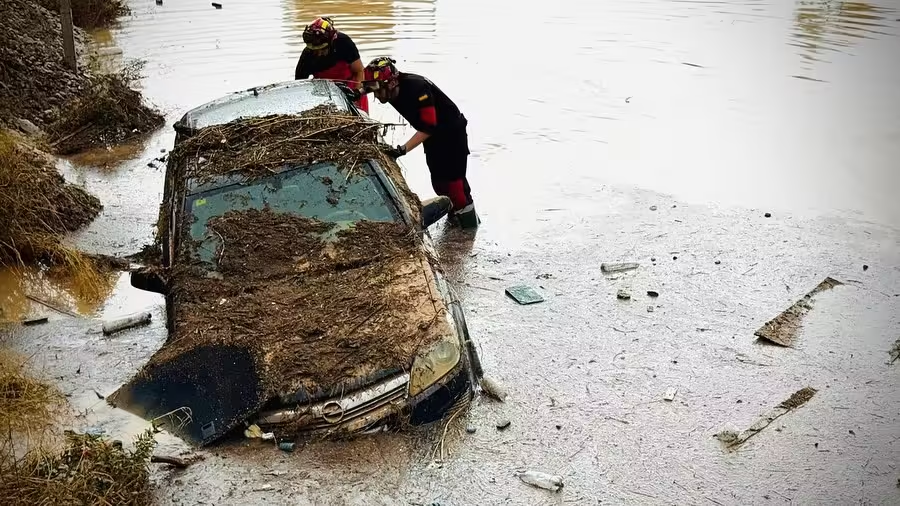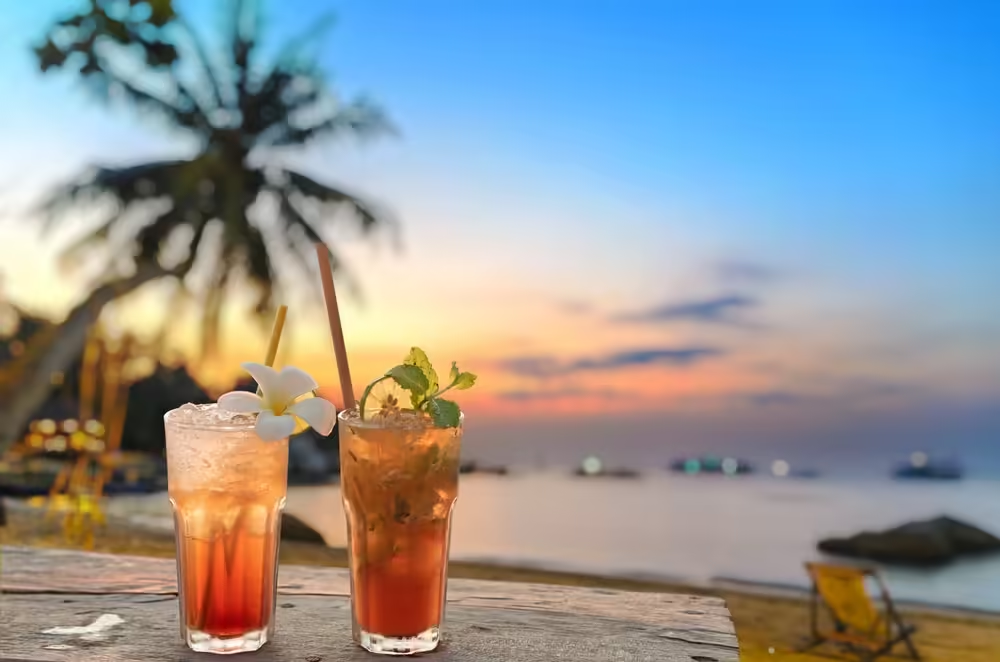Holy Thursday in Spain: The Night Spain Falls Silent
On Holy Thursday, or Jueves Santo, Spain takes a deep breath. It’s the day when the tone of Semana Santa (Holy Week) shifts from anticipation to solemn reflection. Churches open their doors wide, candles are lit, and towns and cities across the country prepare for some of the most powerful processions of the entire week.
While each day of Semana Santa has its own rituals and processions, Holy Thursday stands out for its emotional weight and sense of reverence. Whether you’re watching from the streets of Sevilla, a small town in Castilla-La Mancha, or the coastal cities of Murcia and Málaga, the atmosphere is unmistakable.
Remembering the Last Supper
In the Catholic calendar, Holy Thursday commemorates the Last Supper, when Jesus broke bread with his disciples and washed their feet. It also marks the beginning of the Passion, the sequence of events that leads to the crucifixion. In churches across Spain, special Masses are held, including a symbolic foot-washing ceremony known as the lavatorio de los pies. But it’s what happens outside the churches that really brings this day to life.
From early evening until well past midnight, processions take over the streets. These aren’t rushed affairs. They move slowly, accompanied by sombre music, the scent of incense, and the steady beat of drums. At times, the silence is so intense you can hear the creak of the wooden thrones being carried on the shoulders of the costaleros, the people who bear the weight of the enormous floats, or pasos, depicting scenes from the Passion.
Processions Across Spain
Every region does things a little differently, and Holy Thursday offers a fascinating snapshot of those local identities.
In Sevilla, arguably the most famous setting for Semana Santa, Holy Thursday leads into La Madrugá, a series of night-time processions that continue into the early hours of Good Friday. People line the streets for hours, sometimes standing in silence, sometimes moved to tears. Floats of the Virgin Mary under a canopy (palio) are particularly beloved, especially La Macarena, which draws thousands each year.
Over in Murcia, the processions are marked by a unique blend of military precision and Mediterranean colour. The nazarenos, dressed in Roman-style tunics, hand out sweets to children. In Cartagena, the processions are known for their clockwork organisation and Roman flair, a nod to the city’s ancient roots. You’ll often see entire families dressed in uniform, marching to the steady rhythm of snare drums and cornets.
In the north of Spain, things are quieter, more reflective. In Zamora and Valladolid, Holy Thursday processions are almost entirely silent. The floats are simpler but no less powerful, and instead of flamenco-inspired laments, the soundtrack is often Gregorian chant. In Cuenca, some processions take place in the dark, lit only by handheld candles, casting eerie shadows across ancient stone streets.
Hace tres años que viví este momento junto al Gran Poder, el Señor de Sevilla. Miles de personas con un silencio que pone el vello de punta y una saeta que recorre las calles estrechas y que llega a lo más profundo del alma.
— Ismael Sirio López Martín (@ismaelquesada) April 1, 2021
Que paséis un feliz Jueves Santo. pic.twitter.com/6lNrvArztC
The Role of the Cofradías
These processions are organised by cofradías or brotherhoods, some of which date back hundreds of years. Members often wear pointed hoods (capirotes) and robes in the colours of their brotherhood. Despite their dramatic appearance, these hoods have nothing to do with more modern, unfortunate associations – they are worn as a sign of penance and anonymity, a way for the faithful to reflect and repent without drawing attention to themselves.
Each cofradía has its own traditions, and many spend the entire year preparing for this night. Flowers are arranged, silver is polished, and steps are rehearsed again and again. Carrying a float on Holy Thursday is considered a great honour, and it’s not unusual for positions to be passed down through generations.
A Night of Emotion
What’s striking about Holy Thursday isn’t just the spectacle, it’s the emotion. People wait hours just to catch a glimpse of a particular Virgin or Christ figure. Some cry quietly as the float passes; others sing short flamenco-style prayers known as saetas from balconies above. These moments of raw expression are some of the most memorable, even for those who don’t consider themselves religious.
In many cities, there’s also a moment when the float is turned to face a church or a crowd, and everything stops. The music cuts out. The crowd holds its breath. For a few seconds, the city seems to stand still.
What Visitors Should Know
If you’re new to Spain or just visiting, Holy Thursday is a remarkable night to witness, but it helps to come prepared. Processions can last hours and the crowds, especially in bigger cities, are intense. Comfortable shoes and a bit of patience go a long way. Bring water, be respectful, and don’t use flash photography. Most of all, follow the crowd’s lead, when they fall silent, you should too.
You don’t need to understand every detail to feel something. Just being there, watching the flicker of candlelight on ancient stone and listening to the slow echo of drums in the dark, is enough.
A Night to Remember
Jueves Santo is more than just a night of processions, it’s a moment when Spain remembers, reflects, and connects. Whether you’re religious or not, it’s hard not to be moved by the depth of tradition and the quiet power of the evening.
If you’re travelling with children, it’s worth noting that Holy Thursday processions can be quite long, and younger kids may find the atmosphere a bit heavy or overwhelming, especially in the late evening hours. Easter Sunday, with its joyful tone and daytime parades, might be a better choice for families looking for something lighter and more celebratory.
Some towns also hold silent processions (procesiones del silencio) on Good Friday, often in the early morning or late evening, which offer a similarly powerful but slightly more subdued experience.
Before you go, check the official Semana Santa websites or social media pages of the towns or cities you’re visiting. Each place has its own timetable, and many organise additional cultural events like concerts, exhibitions, and food fairs that run alongside the religious processions.
Have you ever witnessed a Jueves Santo procession in Spain? Did something surprise or move you? We’d love to hear your thoughts, drop a comment or share your experience with us.
Main image: Shutterstock/Jose Manuel Gavira
Share this content:




4 comments